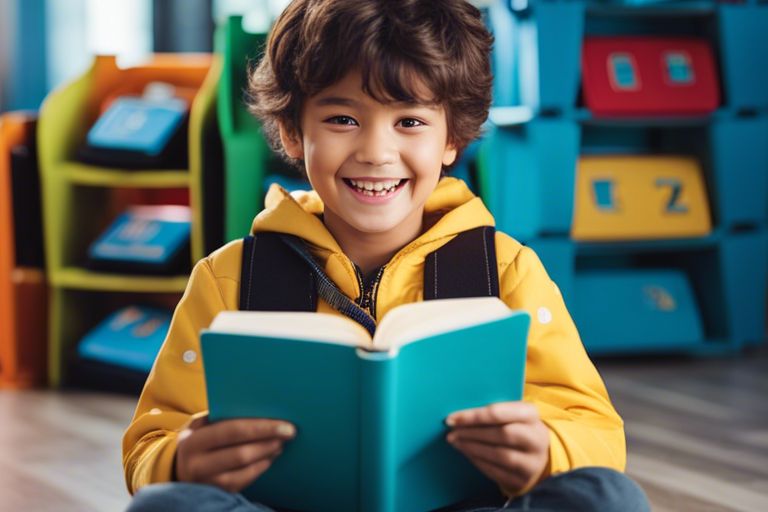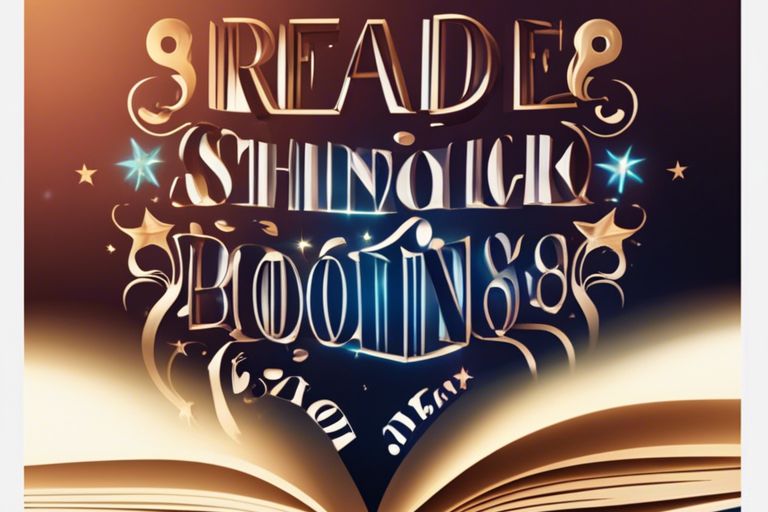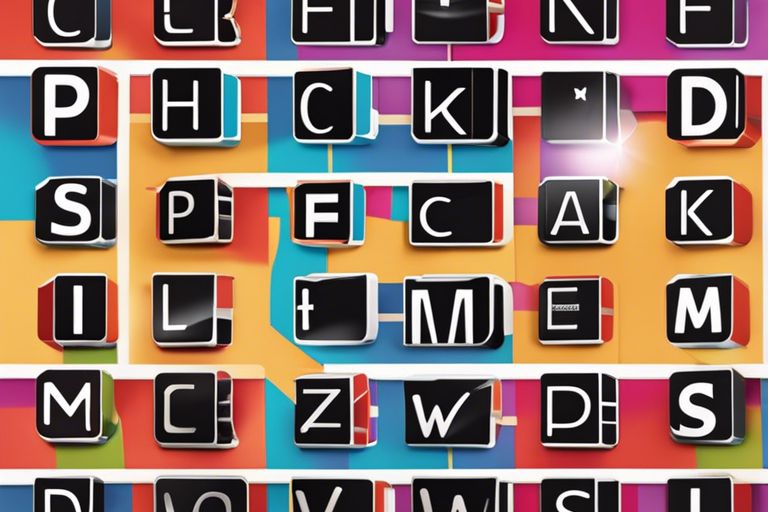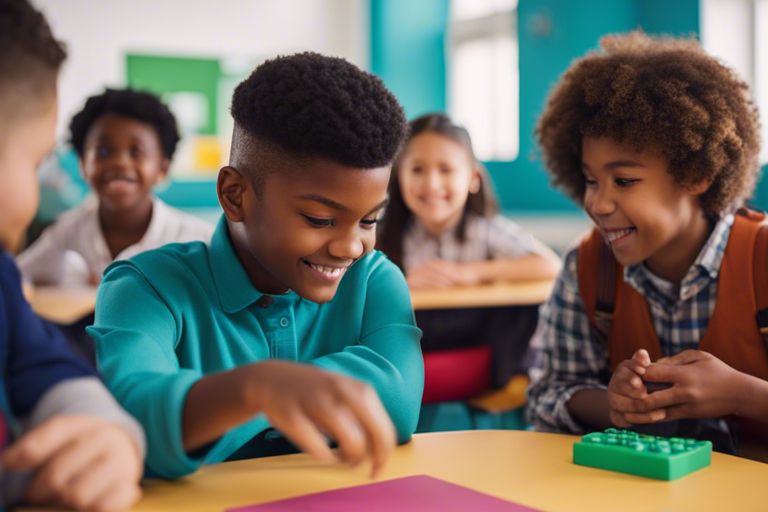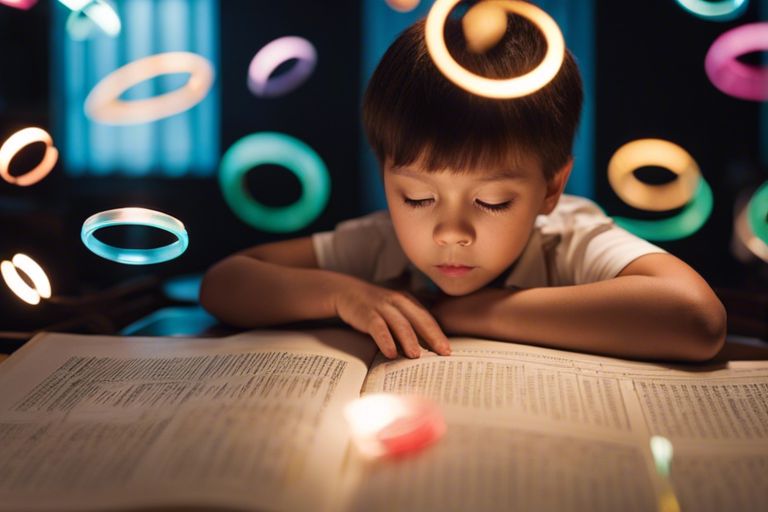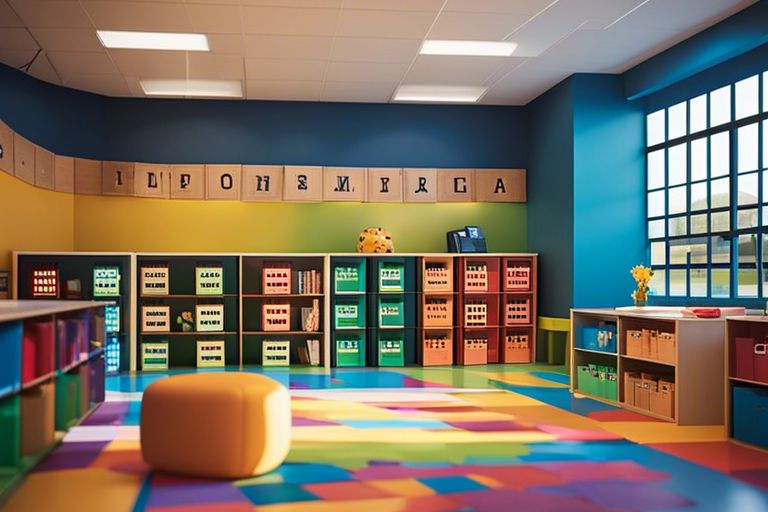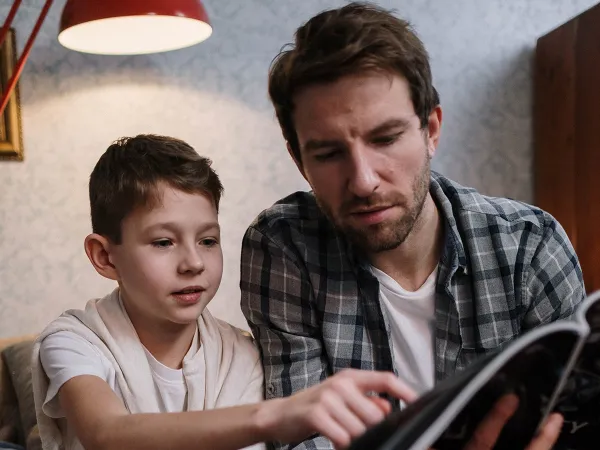
What is Dyslexia?
Dyslexia is a learning disorder that affects reading ability. People with dyslexia may have difficulty recognising words and decoding them, even if they have received phonics instruction. Dyslexia is not related to intelligence, and people with dyslexia may have strengths in other areas, such as creative thinking or problem-solving. It is important to note that dyslexia is a neurological condition, and is not caused by a lack of effort or motivation.
How to Support Children who have Dyslexia
While phonics can be an effective method for teaching reading, it may not work for all children, especially those with dyslexia. In fact, many people with dyslexia may need alternative approaches to learning how to read, such as multisensory teaching methods that engage multiple senses and involve physical activities.
Teaching a dyslexic child to read can be challenging, but with patience and the right approach, it is possible to help them make progress. Here are some tips:
- Use multisensory techniques: Dyslexic children often benefit from learning through different senses. You can use techniques like sandpaper letters, tracing letters in sand or shaving cream, or using coloured overlays to help them better process the text.
- Focus on comprehension: Help your child understand what they are reading by asking them questions and encouraging them to explain what they have read in their own words.
- Use repetition and practise: Regular practice is important for dyslexic children to master reading. Encourage your child to read aloud and practise every day, and provide positive reinforcement for their efforts.
- Get professional help: If your child is struggling with dyslexia, it may be helpful to work with a reading specialist or tutor who has experience working with dyslexic children.
Remember to be patient and understanding with your child. Dyslexia is a learning difference, not a disability, and with the right support, dyslexic children can learn to read and succeed.
Top 15 Resources to Support Children with Dyslexia
Finger Focus Highlighter, Follow-Along Friends Guided Reading Strips
The Learning Resources Finger Focus Highlighter, Follow-Along Friends Guided Reading Strips, and Coloured Overlays are all reading tools designed to assist children with dyslexia, ADHD, or other reading difficulties. The Finger Focus Highlighter helps to reduce visual distractions and allows children to concentrate on the words they are reading.
The coloured overlays are particularly useful for children with dyslexia, as they can help to reduce visual distortions and make text easier to read.
Sandpaper Letters
The sandpaper letters are designed to provide a tactile learning experience for children, helping them to connect the shapes of each letter with the sound it makes. The rough texture of the sandpaper provides sensory input as children trace the letters with their fingers, reinforcing muscle memory and letter recognition.
The boards are also double-sided, with one side featuring lowercase letters and the other featuring capital letters, making it easy for children to switch between the two.
Rainbow Phonics Magnetic Letters
The Junior Learning Rainbow Phonics Magnetic Letters and Built-In Magnet Board is an educational toy designed to help young children learn phonics and develop their reading and spelling skills. The set includes 120 colourful magnetic letters, as well as a built-in magnet board for children to practise spelling and word formation.
The letters are colour-coded according to their sound, making it easier for children to identify and differentiate between sounds. The set also comes with a handy guidebook that provides tips and activities to help parents and caregivers make the most out of the toy.
My First Phonics Reading Library
“Learn to Read for Kids with Dyslexia: 101 Games and Activities to Teach Your Child to Read” is a comprehensive and engaging tool designed to help children with dyslexia learn to read. This book offers a collection of 101 fun and interactive games and activities that are specifically tailored to address the unique challenges that children with dyslexia face when learning to read.
The activities in this book are designed to reinforce essential reading skills, such as phonemic awareness, phonics, fluency, vocabulary, and comprehension. Each activity is accompanied by clear and concise instructions, making it easy for parents, teachers, and caregivers to facilitate learning and promote progress.
Sentence Building Kit
Sentence Building is an educational game designed to help young children, particularly those who are English Language Learners (ELLs), develop their sentence-building skills.
The activities in the game include tasks such as matching words to pictures, completing sentences with the correct words, and building sentences with word cards. By engaging in fun and interactive activities, children can build their vocabulary, improve their grammar, and develop their sentence-building skills.
Trick Spellings in Cartoons
Tricky Spellings in Cartoons for Children is a book that is designed to help children improve their spelling skills through the use of fun and engaging cartoons.
Each spelling cartoon features a fun and entertaining plot that highlights the spelling of a particular word. By using cartoons to teach spelling, children can learn in a way that is more engaging and entertaining than traditional rote memorisation methods.
Tinted A4 Page Overlays
These page overlays are designed to help people with dyslexia and visual stress read more easily. They come in a pack of 10 with multiple colours, allowing users to choose the one that works best for them. The overlays are made of high-quality plastic and are designed to fit neatly over an A4 page.
Phonics Pop It
The Alphabet Pop It is a multi-sensory way for children to learn and practise a range of skills, from letter recognition to phonological development.
Word Building Game
The Learning Resources Word for Word Phonics Game is an educational game designed to help children develop their phonics and word building skills. The game includes a set of 200 colour-coded cards that feature pictures and words, as well as a game board and game pieces.
The Word for Word Phonics Game can be a fun and interactive way for children to learn and practice their phonics skills, as well as build their vocabulary and spelling abilities. It can be played individually or in small groups, making it a versatile tool for parents and educators to use at home or in the classroom.
Toe by Toe: A Highly Structured Multi-sensory Reading Manual
Toe by Toe is a highly structured, multi-sensory reading manual that is designed to help struggling readers. It was created by Keda and Harry Cowling, a mother and son team from the UK, and has been used successfully in schools and homes around the world.
The manual uses a multi-sensory approach, which means that it uses a variety of different techniques, including Visual, Auditory, Kinesthetic and Tactile.
The manual is designed to be used one-to-one and includes a number of games and activities that help to make learning fun and engaging.
Overall, Toe by Toe is a highly effective reading manual that has helped many struggling readers to improve their skills. It is particularly useful for students with dyslexia or other learning difficulties.
100 Mnemonics
Learning 100 Spelling Mnemonics is an educational resource designed to help children improve their spelling skills using memory aids called mnemonics. The set includes 100 colourful cards, each with a different mnemonic that helps children remember the spelling of a specific word.
Mnemonics are memory aids that use associations, such as images or phrases, to help people remember information. In the case of spelling mnemonics, each card includes a word and a mnemonic that helps children remember how to spell it.
By using mnemonics to learn to spell, children can improve their retention of spelling patterns and rules, making it easier for them to spell words correctly in the future.
Fidget Game: Sight Words
The Fidget Game: Learn to Read is an educational game designed to help children master 220 high-frequency sight words. The game includes popping mats and dice and is appropriate for children in Reception to Year 2.
The game is designed to be engaging and fun, making it a useful tool for parents and educators looking to support children’s reading development.
Visual Stress Tinted Glasses
Happyeye visual stress tinted glasses are a type of eyewear designed to alleviate symptoms of visual stress, which can occur in individuals with dyslexia and other visual processing difficulties. These glasses have a special blue tint that filters out certain wavelengths of light that can cause discomfort or distraction for some individuals.
Happyeye visual stress tinted glasses can be worn indoors or outdoors, depending on the individual’s needs. They can be worn during reading, writing, computer use, and other activities that may cause visual stress.
Read with Oxford: Stages 1-2: Julia Donaldson's Songbirds: My Phonics Story Collection
“My Special Alphabet Book” is a green-themed story and workbook designed for children aged 3 and above who are at risk of dyslexia or language difficulties. The book is designed to help develop speech-sound awareness and promote early literacy skills through a fun and engaging story.
The activities in the book include tracing and writing letters, identifying words that start with each letter, and matching pictures to their corresponding sounds. The book also includes tips for parents and caregivers on how to support children’s language and literacy development.
Sight Word Stories
“Dyslexia. Wrestling With An Octopus: 10 Tips to Help Your Child” is a book written by Beth Cox and illustrated by Emma Gleadhill.
The book emphasises the importance of understanding dyslexia, advocating for your child’s needs, and celebrating their unique strengths. The book provides practical advice and tips for parents to help support their children with dyslexia.

















